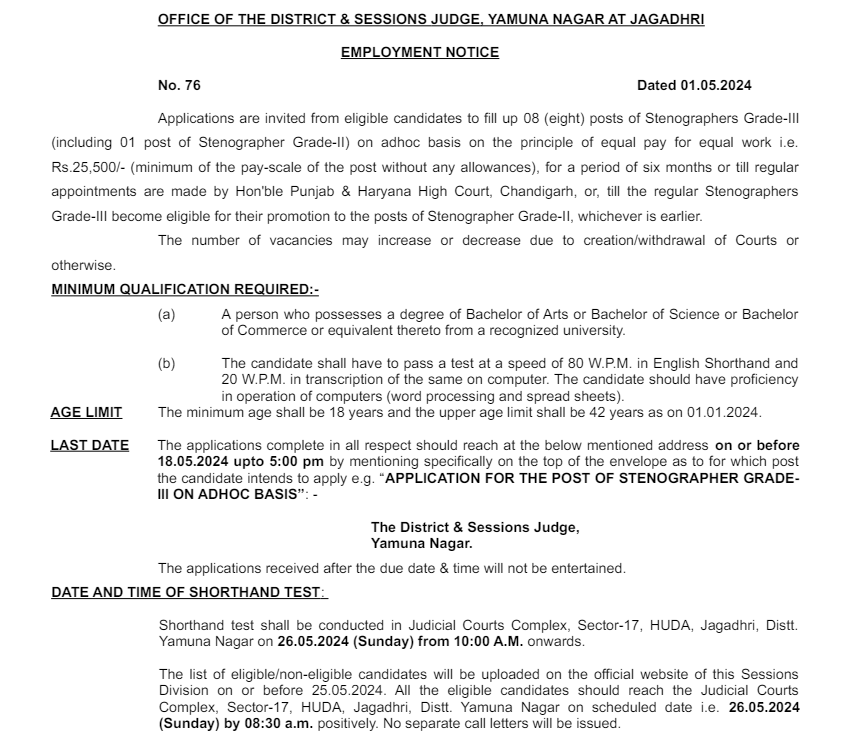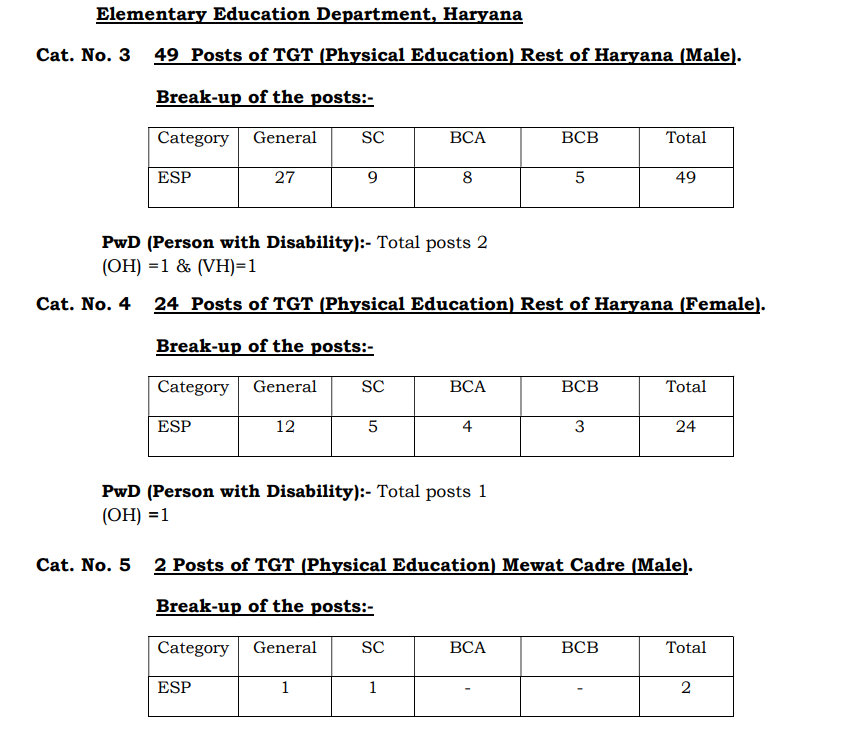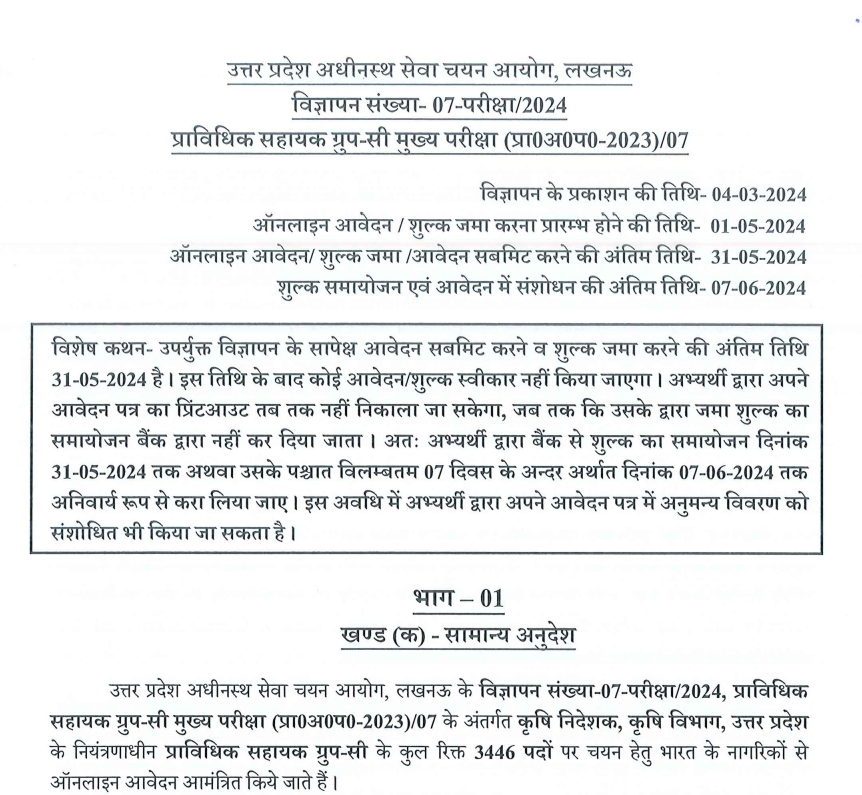Power Systems Transmissions And Distribution

Category –EE Online Test
Telegram-Join Us On Telegram
Attempt Free Power Systems Transmissions And Distribution Here. Read The Important Electrical MCQ From Below.
1) Capacitance between the two conductors of a single phase two wire line is 0.5 μ F/km. What is the value of capacitance of each conductor to neutral?
a. 0.5 μ F / km
b. 1 μ F / km
c. 0.25 μ F / km
d. 2.0 μ F / km
ANSWER: 1 μ F / km
2) What happens in case of capacitance of line to ground, if the effect of earth is taken into account?
a. Capacitance of line to ground decreases
b. Capacitance of line to ground increases
c. The capacitance remains unaltered
d. The capacitance becomes infinite
ANSWER: Capacitance of line to ground increases
Power Systems Transmissions And Distribution
3) What is the value of capacitance to neutral for the two wire line?
a. Twice the line to line capacitance
b. Equal to line to line capacitance
c. Thrice the line to line capacitance
d. Half of line to line capacitance
ANSWER: Twice the line to line capacitance
4) A two conductor single phase line operates at 50Hz. Diameter of each conductor is 20mm and the spacing between the conductors is 3m. The height of the conductors above the ground is 6m. What is the capacitance of the line
to neutral?
a. 9.7 pF/m.
b. 10.8 pF/m.
c. 3.57 pF/m.
d. 2.415 pF/m.
ANSWER: 9.7 pF/m.
5) What happens if the separation between the three phases of the transmission line is increased?
a. The inductance will increase and capacitance will remain unchanged.
b. Both inductance and capacitance will decrease.
c. Inductance will increase and capacitance will decrease.
d. Inductance will decrease and capacitance will increase.
ANSWER: Inductance will increase and capacitance will decrease.
Power Systems Transmissions And Distribution
6) What will be the capacitance of a 100 km long, 3 phase, 50Hz overhead transmission line consisting of 3 conductors, each of 2 cm and spaced 2.5 m at the corners of an equilateral triangle?
a. 1.007 μ F/phase
b. 2.0075 μ F/phase
c. 2.5 μ F/phase
d. 1.45 μ F/phase
ANSWER: 1.007 μ F/phase
7) If the double circuit 3 phase line has conductors of diameter 2 cm and distance of separation 2m in hexagonal spacing. What is the phase to neutral
capacitance for 150 km of line?
a. 2.4939 μ F
b. 3.7408 μ F
c. 1.8245 μ F
d. 3.2548 μ F
ANSWER: 3.7408 μ F
8) What is the charging current per km for the transmission line shown in the figure. Operating at 132 kV, the conductor diameter is 0.8 cm.
a. 0.314 A/km
b. 0.21 A/km
c. 0.45 A/km
d. 0.11 A/km
ANSWER: 0.21 A/km
Power Systems Transmissions And Distribution
9) On what concept is electrically short, medium and long lines based?
a. Nominal voltage of the line
b. Physical length of the line
c. Wavelength of the line
d. Power transmitted over the line
ANSWER: Physical length of the line
10) The capacitance effect can be neglected in which among the transmission lines?
a. Short transmission lines
b. Medium transmission lines
c. Long transmission lines
d. All of these
ANSWER: Short transmission lines
11) In the modelling of short length overhead transmission line, why is the line capacitance to ground not considered?
a. Equal to zero
b. Finite but very small
c. Finite but very large
d. Infinite
ANSWER: Finite but very small
12) In a short transmission line, voltage regulation is zero when the power factor angle of the load at the receiving end side is equal to ____________.
a. tan-1 (X/R)
b. tan-1 (R/X)
c. tan-1 (X/Z)
d. tan-1 (R/Z)
ANSWER: tan-1 (R/X)
Power Systems Transmissions And Distribution
13) What is the power factor angle of the load for maximum voltage regulation?
a. tan-1 (X/R)
b. cos-1 (X/R)
c. tan-1 (R/X)
d. cos-1 (R/X)
ANSWER: tan-1 (X/R)
14) A single phase transmission line of impedance j0.8 ohm supplies a resistive load of 500 A at 300 V. The sending end power factor is
a. Unity
b. 0.8 lagging
c. 0.8 leading
d. 0.6 lagging
ANSWER: 0.6 lagging
15) For a short line if the receiving end voltage is equal to sending end voltage under loaded conditions
a. The sending end power factor is unity.
b. The receiving end power factor is unity.
c. The sending end power factor is leading.
d. The receiving end power factor is leading.
ANSWER: The receiving end power factor is leading.
16) What is the line length if a load of 15000 kW at a power factor 0.8 lagging can be delivered by a 3 phase transmission line having conductors each of resistance 1 Ω per kilometre? The voltage at the receiving end is to be
132kV and the loss is about 5%.
a. 40.13km
b. 37.18km
c. 42.38km
d. 35.87km
ANSWER: 37.18km
Power Systems Transmissions And Distribution
17) What are the values of A, B, C, D parameters of a short transmission line?
a. Z, 0, 1, 1
b. 0, 1, 1, 1
c. 1, Z, 0, 1
d. 1, 1, Z, 0
ANSWER: 1, Z, 0,
118) The ABCD constants of a 3 phase transposed transmission line with linear and passive elements ________________.
a. are always equal
b. never equal
c. only A and D are equal
d. only B and C are equal
ANSWER: only A and D are equal
19) For a transmission line which among the following relation is true?
a. –AB + CD = 1
b. AD + BC = 1
c. AB – CD = -1
d. –AD + BC = 1
ANSWER: –AD + BC = 1
20) A line of what length can be classified as a medium transmission line?
a. 90 – 100 km
b. 50 – 150 km
c. 150 – 200 km
d. Above 200 km
ANSWER: 50 – 150 km
Power Systems Transmissions And Distribution
21) Which among the following methods are used for the calculation of solution of a medium transmission line?
a. End condenser method
b. Only T method
c. Only p method
d. All of these
ANSWER: All of these
22) What are the A and D parameters in case of medium transmission line (nominal T method)?
a. A = D = 1 + (YZ / 2)
b. A = D = 1 + (YZ / 2) * Z
c. A = D = (YZ / 2)
d. A = D = (YZ / 2) * Y
ANSWER: A = D = 1 + (YZ / 2)
23) In the nominal p method which among these are divided into two halves?
a. Series impedance
b. Shunt capacitance
c. Both (A) and (B)
d. None of these
ANSWER: Shunt capacitance
Power Systems Transmissions And Distribution
24) What is the value of B parameter in case of nominal p method?
a. Y
b. Z
c. Y * (1 + YZ / 4)
d. Z * (1 + YZ / 4)
ANSWER: Z!
25) What is the value of the C parameter by using a nominal T method for a 3 phase balanced load of 30 MW which is supplied by a 132 kV, 50 Hz and 0.85 pf lagging? The series impedance of a single conductor is (20 + j52) Ω and
the total phase to neutral admittance is 315 * 10-6 siemen.
a. 0.000315 ∠ 90
b. 0.000251 ∠ 90
c. 0.004125 ∠ 90
d. 0.000289 ∠ 90
ANSWER: 0.000315 ∠ 90!
Power Systems Transmissions And Distribution
26) The transmission lines above what length is termed as the long lines?
a. More than 100 km
b. 150 km and above
c. 250 km and above
d. Less than 100 km
ANSWER: 150 km and above
27) What happens in a long transmission lines under no load?
a. The receiving end voltage is less than the sending end voltage.
b. The sending end voltage is less then receiving end voltage.
c. The sending end voltage is equal to receiving end voltage.
d. None of these
ANSWER: The sending end voltage is less then receiving end voltage.
Power Systems Transmissions And Distribution
28) What is the normal range of angle for the parameter A?
a. 90 °
b. 70 ° – 40 °
c. 40 ° – 10 °
d. 0 – 10 °
ANSWER: 0 – 10 °
29) The ABCD parameter of a 3 phase transmission line is given as follows A = D = 0.8 ∠ 1 °, B = 170 ∠ 85 ° Ω , and C = 0.002 ∠ 90.4 ° ℧ the sending end voltage is 400 kV. What is the receiving end voltage under no load condition?
a. 400 kV
b. 500 kV
c. 320 kV
d. 417 kV
ANSWER: 500 kV
30) The ABCD parameter of a 3 phase transmission line is given as follows A = D = 0.9 ∠ 0 °, B = 200 ∠ 90 ° Ω , and C = 0.95 *10-3 ∠ 90 ° ℧ . At no load condition a shunt inductive reactor is connected at the receiving end of the line to limit the receiving end voltage to be equal to the sending end voltage. What is the ohmic value of the reactor?
a. Infinity
b. 2000 Ω
c. 105.26 Ω
d. 1052.6 Ω
ANSWER: 2000 Ω
Power Systems Transmissions And Distribution
31) The value of A parameter of a transmission line
a. Increases with increase in length of line
b. Decreases with increase in line length
c. Is independent of line length
d. None of these
ANSWER: Increases with increase in length of line
32) Transmission efficiency of a transmission line increases with the ____________.
a. decrease in power factor and voltage.
b. increase in power factor and voltage.
c. increase in power factor but decrease in voltage.
d. increase in voltage and decrease in power factor.
ANSWER: increase in power factor and voltage.
33) When does the Ferranti effect happen on the transmission line?
a. When the line is short and loaded.
b. When the line is long and loaded.
c. When the line is long and unloaded.
d. None of these.
ANSWER: When the line is long and unloaded.
34) When is the Ferranti effect on the long transmission lines experienced?
a. The line is lightly loaded.
b. The line is heavily loaded.
c. The line is fully loaded.
d. The power factor is unity.
ANSWER: The line is lightly loaded.
Power Systems Transmissions And Distribution
35) Correctly match the items in List 1 to the items in List 2: List 1
a. Skin Effect
B. Proximity Effect
C. Ferranti effect
D. Surge impedance
List 2
1. Increase in resistance but decrease in self inductance.
2. Increase in ac resistance.
3. Owing to voltage drop across line inductance due to flow of a charging current.
4. Square root of ratio of line impedance and shunt admittance.
Codes:
A B C D
a. 2 1 3 4
b. 1 2 4 3
c. 3 4 2 1
d. 4 3 1 2
ANSWER: 2 1 3 4
Power Systems Transmissions And Distribution
36) Transmission of power by ac cables is impossible beyond
a. 35 – 45 km
b. 500 km
c. 300 km
d. 10 – 15 km
ANSWER: 35 – 45 km
37) What does the bedding on the cable consists of?
a. Jute strands
b. Hessian type
c. Paper tape compounded with a fibrous material
d. Any of these
ANSWER: Any of these
Power Systems Transmissions And Distribution
38) Why are sheaths used in cables?
a. Provide proper insulation
b. Provide mechanical strength
c. Prevent ingress of moisture
d. None of these
ANSWER: Prevent ingress of moisture
39) Why are conduit pipes employed?
a. To protect unsheathed cables
b. Armoured cables
c. PVC sheathed cables
d. All of these
ANSWER: To protect unsheathed cables
Power Systems Transmissions And Distribution
40) The thickness of insulation layer provided on the conductor, in cables depend on_______.
a. Operating voltage
b. Current to be carried
c. Power factor
d. All of these
ANSWER: Operating voltage
Power Systems Transmissions And Distribution














